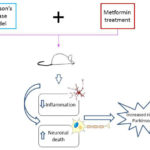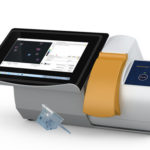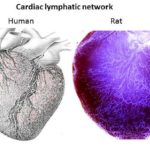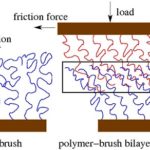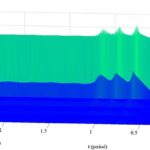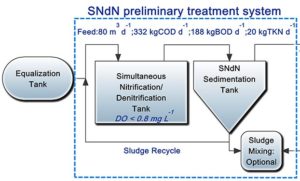Monthly Archives: August 2016
Is Metformin a new risk factor for Parkinson`s disease?
Image Cytometer – NucleoCounter® NC-3000™
Gene duplication catalyzes the evolution of new traits in a human pathogen
Pediatric insomnia: Review and recommendations
NucleoCounter® NC-200™ – Automated Cell Counter
Staphylococcal biofilms: building up “bacterial cities” through a proteinaceous matrix scaffold
Lymphatic drainage of the heart
Reliable molecular imaging of bioluminescence and NIR fluorescence in vivo
Centrifugal capillary-based microfluidic methods for synthesis of artificial cell-like systems
Proteome view on how leukemia cells communicate with their environment to escape chemotherapy
Sex pheromones attract adults to sex, larvae to safe food
Inflammatory bowel disease as a paradoxical effect of anti-TNF alpha therapy
Anti-TNF alpha therapies are used in the treatment of different inflammatory conditions as inflammatory bowel disease (IBD). Specifically, IBD is a chronic disease characterized by inflammation of gastrointestinal tract, particularly of colon. It includes Crohn disease and
An entangled flexible MOF for capture of CO2 and store/ separation of (C1-C3) hydrocarbons
How Vitamin C affects the immune system
Retromer in polarized protein transport
PDGF-D – a potential novel treatment for kidney diseases with scaring
Ethnic classification in the New Zealand health care system
In New Zealand a section of the Maori population experiences inter-generational low health status. Evidence from numerous studies, in that country as elsewhere, show that differential health status is strongly associated with socioeconomic status and inequalities in

